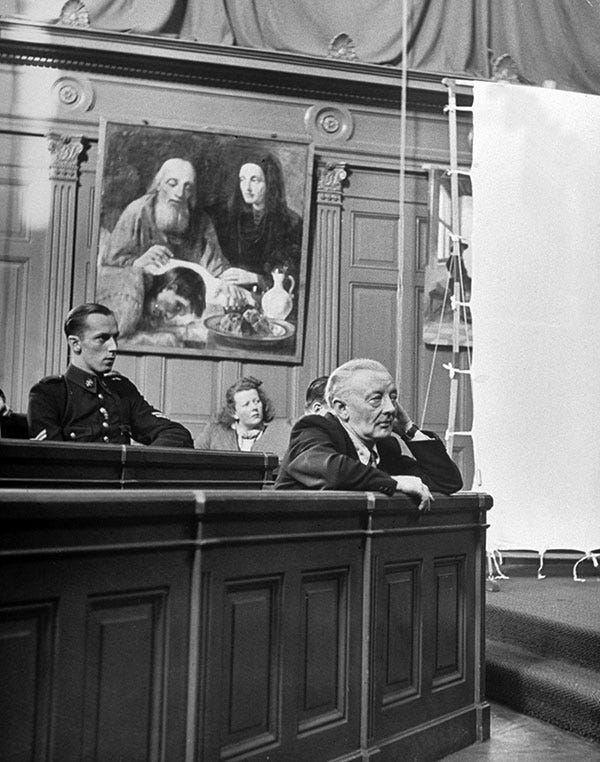
Not many people know, but before this entrepreneurial journey I thought myself to be an artist and double majored in Studio Art and Political Science at Pepperdine University (the most random of combinations I know!) 10 years ago I had the opportunity to spend a summer in Florence, Italy studying art conservation and sculpture at SACI, the Studio Art Centers International.
That summer spent in the hills of Tuscany matured me incredibly and formed a lot of lifelong bonds. Beyond inhaling copious amounts of pasta and wine I picked up several life lessons on what I thought was the journey to become an artist and potential art conservator. Along with a few amazing bottles still left, I still use the lessons to this day while running my businesses:
Amongst an amazing staff, I was taught by renowned artist, historian and restorer, Roberta Lapucci. She has over 40 years of experience and is the foremost expert on the history and restoration efforts of the works ofCaravaggio, Italian leader of the Baroque art movement.
On our first day of class she whipped out a few amazing works she was currently working on in her workshop. 9th Century portrait worth €500,000 euros, 15th Century landscape worth €200,000, 10th Century picture frame worth €350,000 and the list went on. We were all salivating at the chance to work on such! Then very sternly, she said, “Allora! Don’t even think about touching these! You know nothing!”

We spent the next several weeks researching the works in detail; the artists, their other works, and their backgrounds. And then research went indepth to unpack the substances used at the time (yup, making a batch of rabbit skin glue!), the canvas materials, paint types, chemical reactions, down to identifying the artist’s specific brushstrokes. We then moved on to assessing the level of correction needed to fix the paintings.
We spent the majority of the course on examination, research and fine-tuning of our techniques before we even got to breathe the same air as the smallest pieces.
The same level of dedication to insights and knowledge has to exist before you start your business or launch a new product. Understand the landscape around you.
What is happening? What does the market say? Where are innovators moving? What has been done before you? What does it mean to be an entrepreneur? A business owner? What do you still need to know to make informed decisions going forward?
As entrepreneurs we get caught up in thinking that our ideas are larger-than-life-fixes that will change the world. We forget how many others have tried the same or have been smarter or more equipped than us. We don’t know what we don’t know so we should be unsparing in the hunt to increase our knowledge.
Before you take on the priceless artwork, prepare yourself comprehensively for the task at hand!
One of my favorite parts of being in Florence was the ability to walk down the same roads as my favorite artists. Each day I walked the same cobbled roads and through the narrow alleys that Leonardo, Michelangelo, Raphael, Donatello (not the Ninja Turtles!) and many more.
The most incredible part is that so many of those artists were “struggling artists” in the truest sense. Most were not recognized or viewed as experts or innovators during their time. Instead were typically seen as failures, black sheep and troublemakers.
Famously Vincent Van Gogh received almost no recognition as an artist during his lifetime. People at the time viewed him as too dark and depressing opposed to the brightness of the Impressionist movement at the time. While producing over 900 paintings, he only sold 1, Red Vineyard at Arles, for 400 Francs (about $1,000!) Today his works make up 8 of the 30 most expensive paintings in the world purchased for over $650 million.

Often attributed to Steve Jobs, the amazing Think Different campaign was written by marketing guru’s Rob Siltanen and Lee Clow:
Here’s to the crazy ones. The misfits. The rebels. The troublemakers. The round pegs in the square holes.
The ones who see things differently. They’re not fond of rules. And they have no respect for the status quo.
You can quote them, disagree with them, glorify or vilify them.
About the only thing you can’t do is ignore them.
Because they change things.
They push the human race forward.
Maybe they have to be crazy.
How else can you stare at an empty canvas and see a work of art? Or sit in silence and hear a song that’s never been written? Or gaze at a red planet and see a laboratory on wheels?
We make tools for these kinds of people.
And while some may see them as the crazy ones, we see genius. Because the people who are crazy enough to think they can change the world, are the ones who do.

Art historians use a bevy of methods to authenticate and date artworks. These include chemical analysis, counting threads in a canvas, x-rays, and deep assessment of painting styles and techniques. Despite all of these methods, assessment of an artist’s brushstrokes always comes through as the most accurate. In a world wrought with forgery and fraud, being able to establish an artist’s “handwriting” is priceless.
Dutch painter, Han van Meegeren was a struggling unaccepted artist infamously known for painting fake Johannes Vermeer artworks. Over the course of 5 years he perfected the art of forgery so well he sold 6 works for more than $50 million. His clients include the highest ranking Nazi officer, Hermann Göring, to the Netherlands government.

A brushstroke is as unique as your penmanship and fingerprints. Van Gogh’s was rhythmic and bounced. In the 1940s no one chose to assess Vermeer vs van Meegeren.
Why do you love what you love? What’s your unique value add? What do you do that no else does? When people delve deep into your brand do they find genuine truths? How do you integrate your uniqueness into the work and services you offer?
Through image analysis, computer assessment, ultraviolet tests forgeries are easier and easier to trace. Today, through social media and the constant flow of information its simple to point out the brands and individuals who aren’t legitimate or truly empathetic. In a world of abundance of ideas and products, how do you stand out as original and honest?

If you enjoyed the post, please let me know!
Be sure to check out some other recent posts I have written:
– Becoming an Entrepreneur — The Hard Truths
– Entrepreneurial Lessons from a New Father
– The Lost Art of the 30 Second Pitch
Feel free to also follow me on Twitter and Instagram or email me on [email protected]
For more insights, rants and motivation tune into our weekly radio show, The Opportune Time, telling the stories of Joburg’s entrepreneurs, Wednesday 4–6pm CAT on jozimabonengradio.co.za.